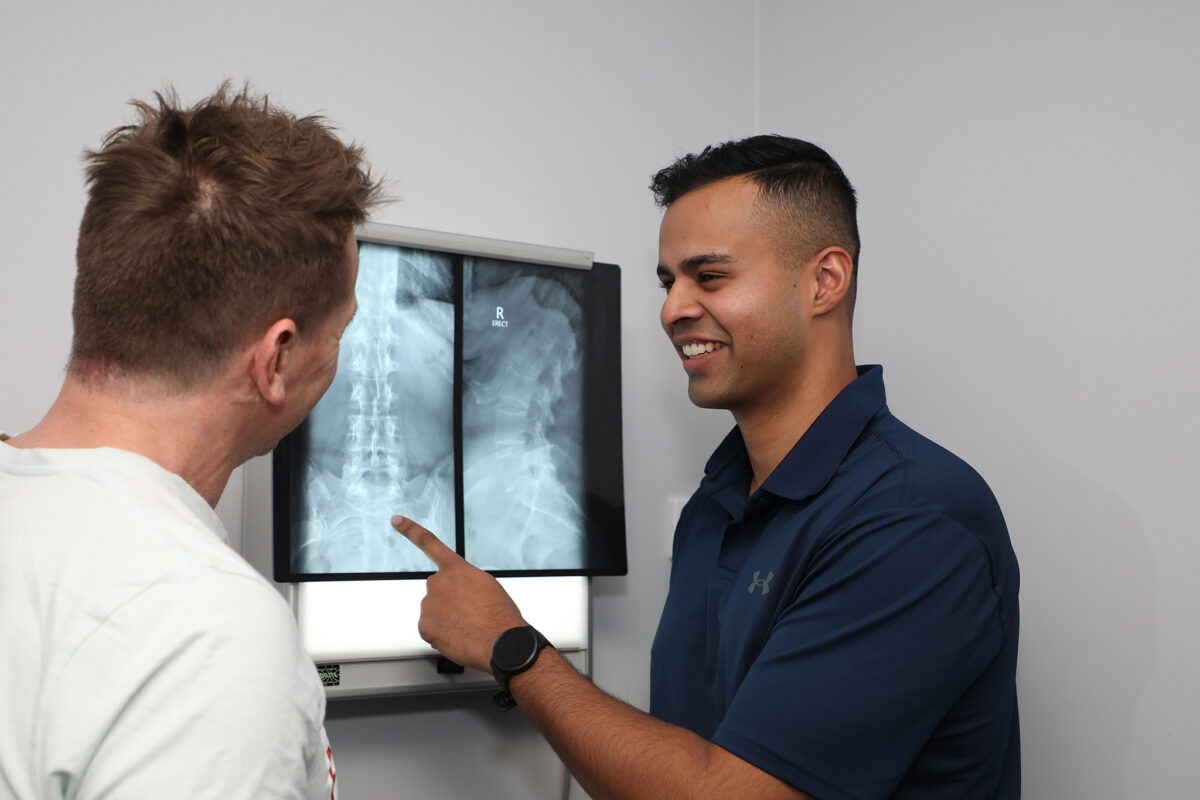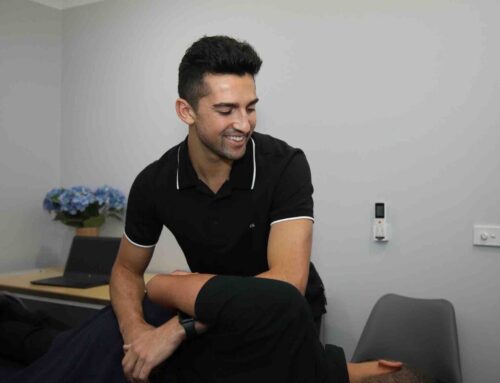Scoliosis is a condition characterised by an abnormal lateral curvature of the spine. Instead of running straight down the middle of the back, a spine with scoliosis curves to the side, forming an “S” or “C” shape. This condition can develop at any age but most commonly appears during the growth spurt just before puberty.

Image courtesy: brisbanewestosteopath.com.au/scoliosis/
Signs and Symptoms
The signs of scoliosis can vary widely depending on the severity of the curvature. Some of the more common symptoms include:
- Uneven shoulders or waist
- One shoulder blade more prominent than the other
- Uneven hips
- Leaning to one side
In many cases, scoliosis is mild and doesn’t cause significant issues. However, more severe cases can lead to discomfort, pain, and in rare cases, can affect the lungs and heart due to the reduced space within the chest cavity.
Causes and Risk Factors
The exact cause of scoliosis often remains unknown, particularly in cases of adolescent idiopathic scoliosis (the most common type). However, several factors can contribute to its development, including:
- Genetics: Scoliosis can run in families.
- Neuromuscular Conditions: Conditions such as cerebral palsy or muscular dystrophy can lead to scoliosis.
- Birth Defects: Some congenital conditions can affect spinal development.
- Injuries or Infections: Rarely, these can contribute to spinal curvature.
 Diagnosis and Treatment
Diagnosis and Treatment
Diagnosing scoliosis typically involves a physical examination, where an Osteopath will look for any asymmetry in the shoulders, waist, or hips. If scoliosis is suspected, an X-Ray may be recommended to assess the extent and severity of the spinal curve.
Treatment varies based on the degree of curvature and the individual’s symptoms. For mild cases, regular monitoring and specific exercises to strengthen the back muscles may be sufficient. In more pronounced cases, bracing can help prevent further curvature during growth. Severe cases might require surgical intervention.
How Osteopathy May Help

Guidance on exercises and lifestyle modifications can support spinal health and reduce the risk of scoliosis progression. Early detection and intervention are key to managing scoliosis effectively.
Final Takeaway
Living with scoliosis can be challenging, but with the right support and treatment, it is entirely manageable. The goal is to maintain a healthy, active lifestyle, despite any spinal curvature.
If you are suffering from scoliosis, please do not just put up with your joint aches and pains. There are many symptoms that Osteopathy may help ease so make an appointment online today here.




